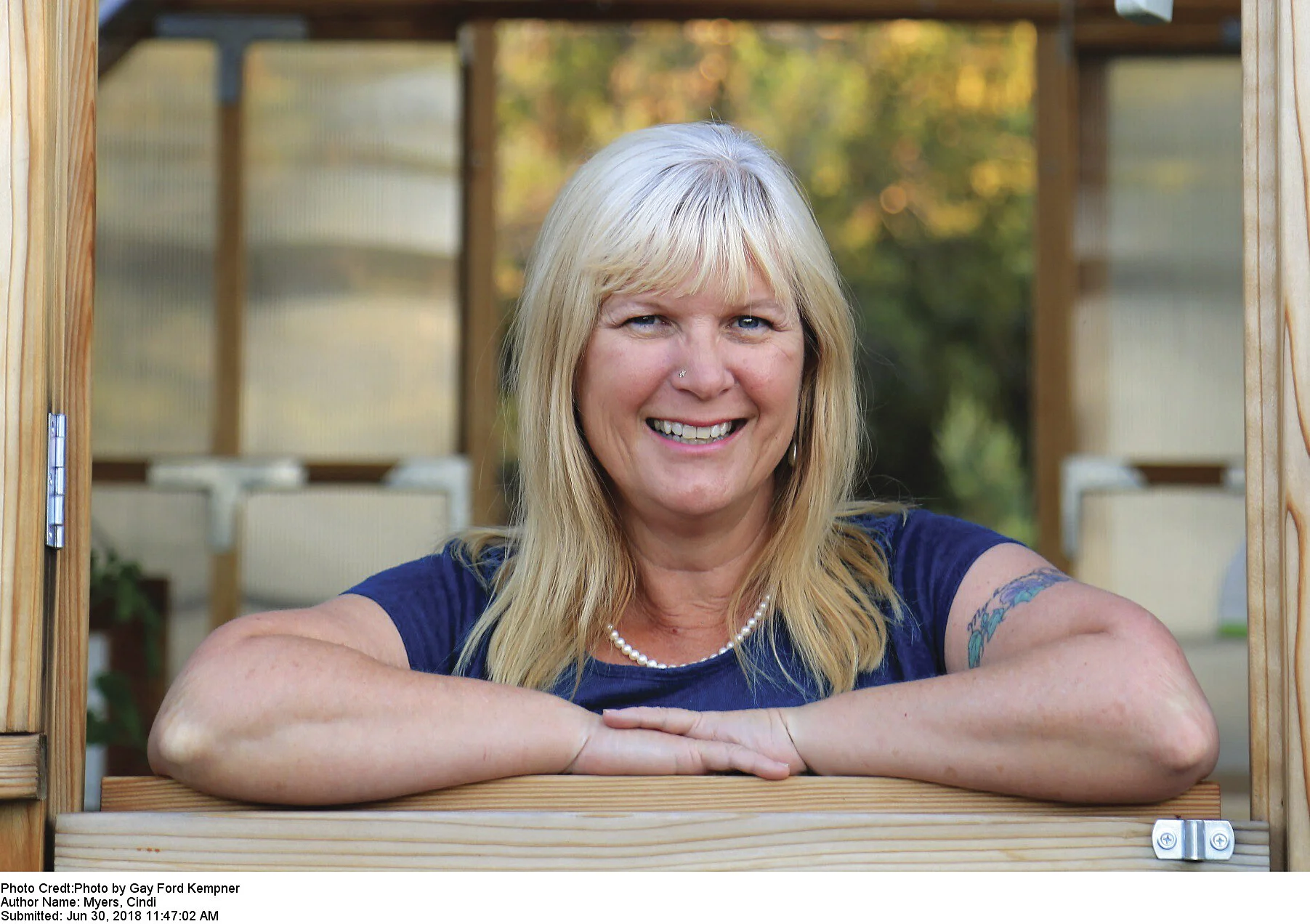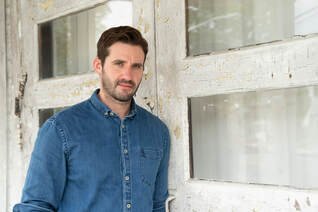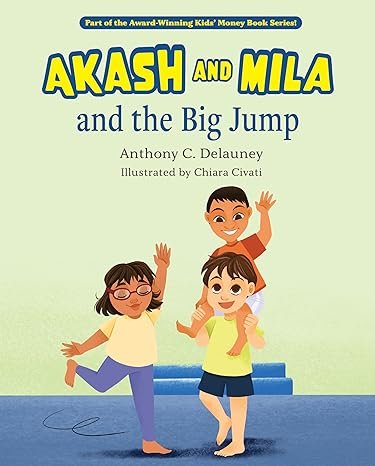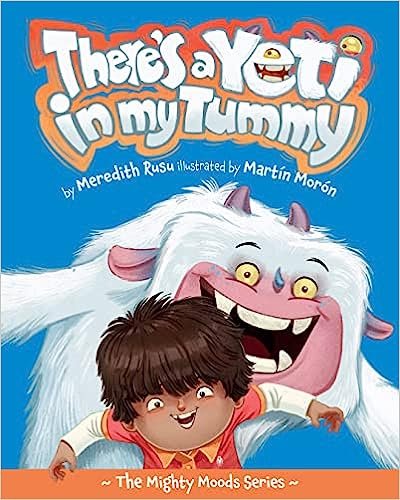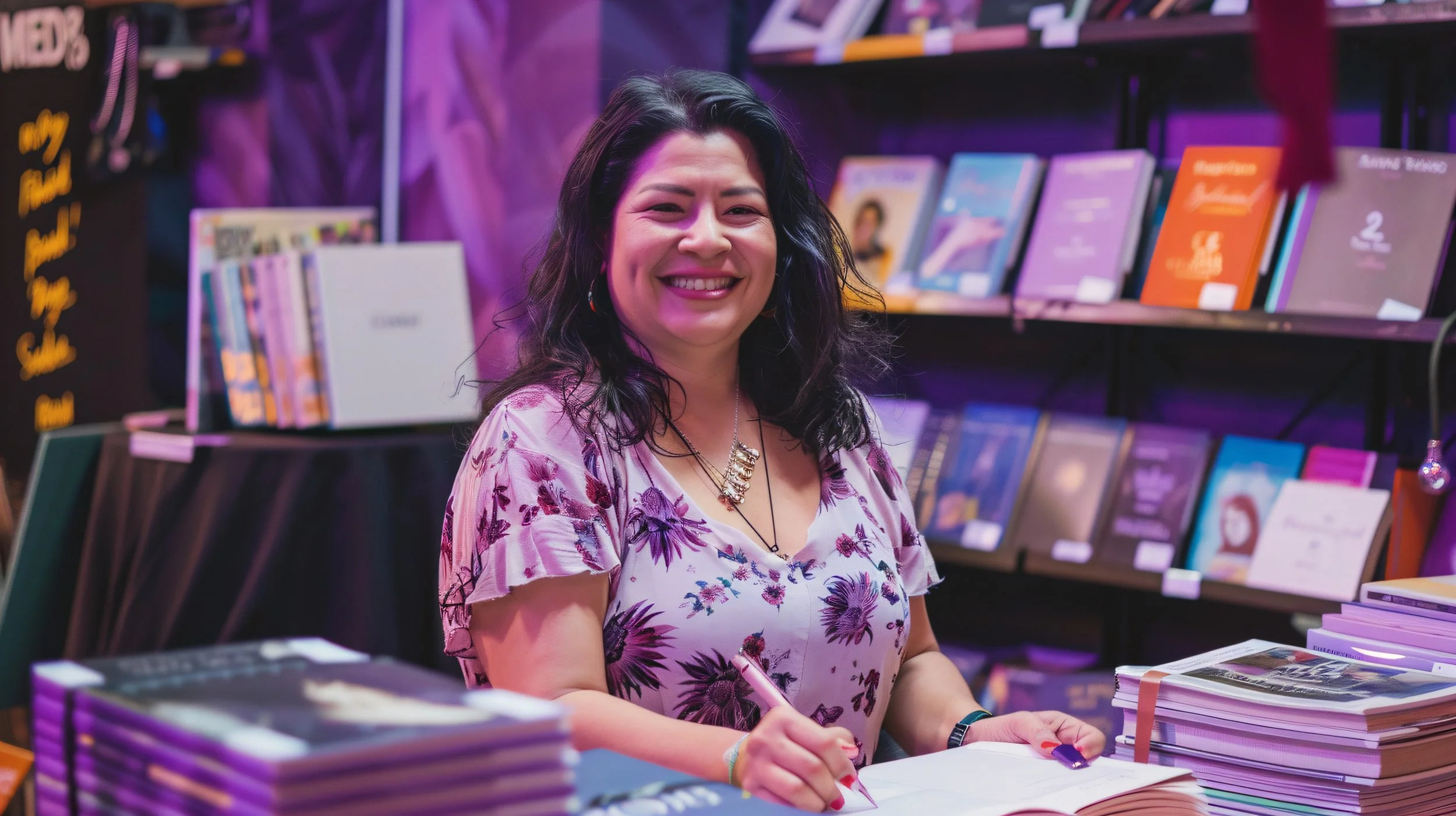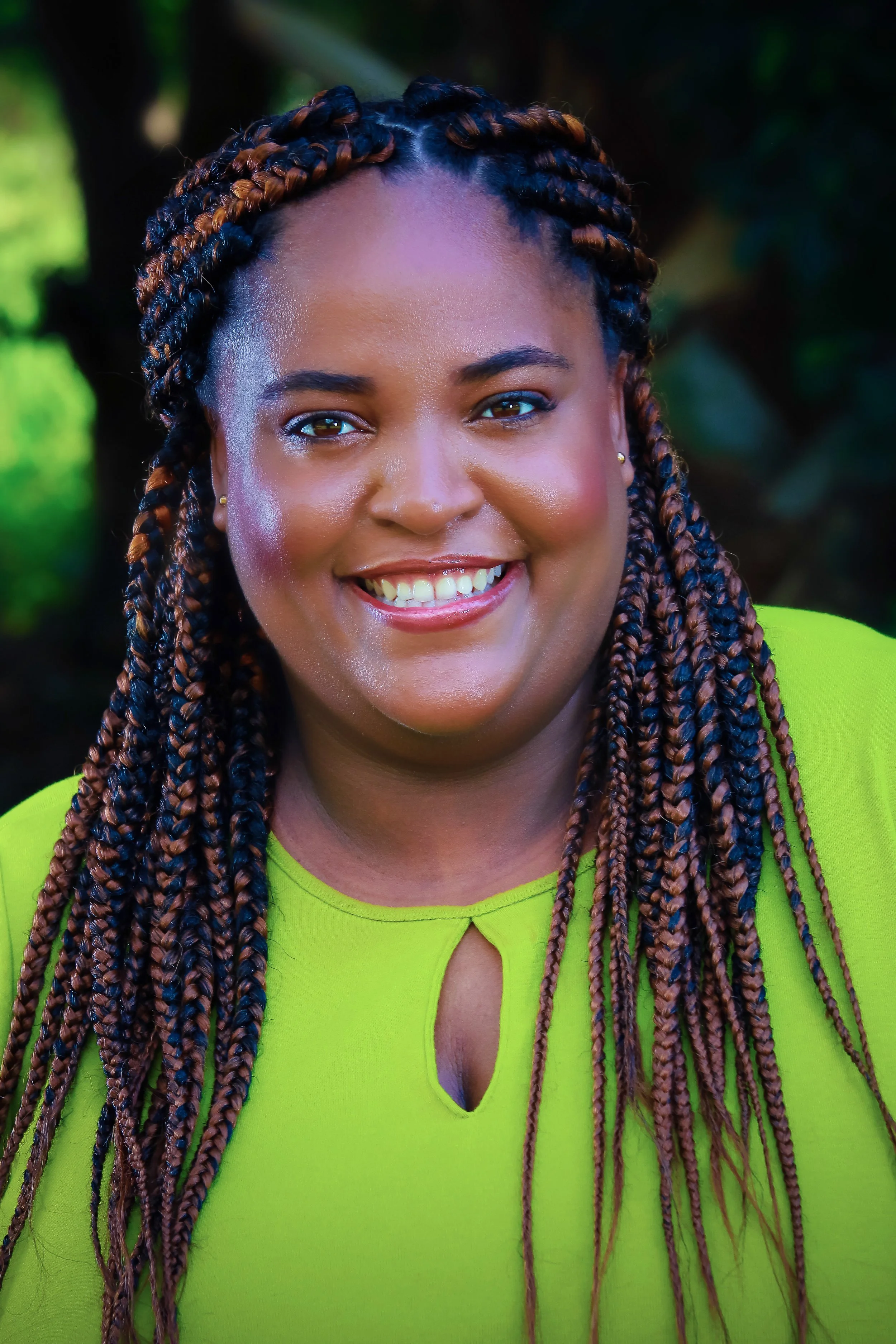Q&A with Susan Mallery, The Friendship List
/Where did the inspiration for The Friendship List’s plot come from?
The inspiration for The Friendship List came from a reader—but I don’t think it’s exactly the story the reader was asking for. A couple years ago, a reader suggested I write a story about empty nesters, a couple whose children had grown up and were moving out. I considered the idea, but it didn’t immediately sing for me.
Then, while washing dishes—which is when I often get ideas—I thought to myself, “What if it isn’t a couple, but a single mom? And what if she had her baby really young, like in high school? She would be in her midthirties when her kid went to college. What would that be like?”
That’s the spark that led to Ellen, a single mom who had her son when she was a senior in high school. Since then, she has put his needs first, always, to the point where she hasn’t dated really at all in her adult life. When her son was little, she worked her butt off to raise him and go to college to become a math teacher.
The story starts as Ellen overhears her son telling a friend he can’t go away to college because his mom doesn’t have a life without him. They’re a team, and she needs him. Ellen is horrified that she’s holding him back, and she knows she has to do something drastic to convince him that it’s safe for him to follow his dreams.
Unity, Ellen’s best friend for as long as they both can remember, is a young widow, still mourning the death of her husband three years ago. She’s stuck in her grief, and reluctant to change that because getting over her grief might mean really letting go of the love of her life forever. But for Ellen’s sake, Unity comes up with the friendship list—a series of challenges designed to shake up their lives.
One way or another, this will be a summer that will change them forever. The Friendship List is a celebration of friendship. I know authors aren’t supposed to have favorite books, but I have to admit, this is one of my favorite things that I’ve ever written—certainly the funniest. Every day, I couldn’t wait to get to my desk, excited to write that day’s fun scene. It was pure joy from page 1 to The End, and I hope you’ll love it, too.
Who is your favorite character in this novel and why?
I love both of the friends, but Ellen probably squeaks out a narrow win over Unity simply because her journey was so much fun. Think about it—she had her kid when she was seventeen years old, and from that moment on, her life revolved around him so she missed out on the things most people experience in their twenties. Dating, parties, bar-hopping. She was home studying and taking care of her kid.
And in fact, he’s the impetus for her to change, as well, because she sees that what’s best for him now is for her to let go, to get a life of her own. When she realizes all that she’s been missing, she dives in with her whole heart and body, with such enthusiasm that she had me laughing every day. Suddenly she wants to try everything all at once. Love, love, love, love her.
Of the challenges in the book, which was the most fun to write about? Why?
Oh, that’s a tough one! I don’t know if I want to tell you my favorite-favorite because it might be too much of a spoiler. So instead, I’ll tell you one of my other favorites, which is more of a teaser than a spoiler. 😊 One of Ellen’s challenges is to wear clothes that fit, instead of her normal habit of wearing clothes that are at least three sizes too large for her. Baggy is her comfort zone. The first time she wears an outfit that shows the shape of her body, her pal Keith can’t help looking at her in a whole new way. Here’s a clip:
He stared at her in confusion. Something was different with Ellen, he thought, trying to figure out what it was.
He cataloged her appearance. Her long hair was pulled back in a ponytail, just like always. She had on makeup maybe, which was a surprise, but made her eyes looked bluer than usual. As for what she was wearing, it was just some shirt thing and pants that stopped just below her knee. Nothing out of the ordinary except—
He swore silently. The clothes fit. For once they weren’t swirling around her, the extra fabric concealing every part of her body. He could see the shape of her waist and her hips, the outline of her thighs. And breasts. Ellen had breasts!
He realized he was staring and forced his gaze away. Of course she had breasts. Women had breasts. Ellen’s were no big deal. Only he’d never noticed them before and he didn’t want to see them now.
What is your idea of a good personal challenge for yourself?
The challenges in The Friendship List are meant to push the women out of their comfort zone and be a little intimidating for them, so my personal challenge will have to do the same. Hmm… Oh! How about a plunging V neckline? Cleavage makes me really self-conscious, but I admire women who can proudly show off their curves.
I’m nervous just thinking about it!
Do your characters tell you their stories a bit at a time or all at once? Do they ever pull you in unexpected directions changing up the plot you originally planned?
Yes, yes, and yes. It depends on the story. Very rarely, a story will come to me fully formed. Daughters of the Bride was like that. A gift book. That almost never happens. Usually, I get a spark of an idea. I write up some notes, then set it aside. If I’m still thinking about it, I know it has potential. I get a lot of ideas that never go anywhere. They might make fine stories for someone else, but if they’re not tugging at me, I let them go.
I’m on the extreme-plotter end of the plotter/pantser spectrum. (For those who don’t know, a plotter is a writer who plots the story in advance. A pantser is a writer who flies by the seat of her pants, without knowing where the story is going.) I generally work out story problems during my plotting process, which makes me feel free to relax and sink into the story while I’m writing.
When I get into the flow of a book, the characters do take over and sometimes they do surprise me. When they take me in a direction I didn’t expect, I have to step back to look at the big picture to adjust. I never try to force a character to do something that doesn’t feel right for him or her. Every decision must be motivated.
In The Friendship List, Unity threw me for a loop early on. I knew she was still in love with her late husband, but until I wrote a particular scene, I didn’t realize just how broken she still was. I did have to make some very serious adjustments to her road to a happy ending. And in the end, as I brought her out of that darkness, I cried. So satisfying!
Do you have pets? How do the animals you have now or have had in the past influence writing animals into your stories?
Yes, I have three pets. Two ragdoll cats, siblings Alex and Lucy, and a miniature poodle named Kelli. I love animals of all kinds. I’m a big supporter of Seattle Humane and the amazing work they do for animals in and around Seattle.
Animals play a big role in my books. When they have a part in the story, they are genuine characters because I believe, like humans, each animal has its own unique quirks and personality traits. The book I’m working on right now will be the first book in my new series, Wishing Tree—Christmas romances—and there are two dogs in the book who I adore. Bella is a Great Dane who loves to play dress-up in cute canine ensembles, and who is intimidated by a dachshund named Burt. The first Wishing Tree romance will be out in 2021.
Is there a genre of books that you have not written yet but might contemplate writing in the future? What might that be?
I recently toyed with the idea of writing a thriller. I even did quite a bit of research on Bitcoin, which was going to be a big subplot. I decided against the thriller, but research is never wasted—one of the characters in The Friendship List became a Bitcoin millionaire, and then a regular-money millionaire. Plus, I'm kind of proud of myself—it took me two weeks of research to be able to understand crypto-currency, but I'm now I'm at least cocktail-party level literate. 😊
What was the first book you sold/published and how did you celebrate when you received the acceptance letter from the publisher?
The first book I sold was a historical romance called Frontier Flame. A few months after that, I sold a book to (then Silhouette) Special Edition. Both books came out the same month, so the first time I was published was with two books. It was very heady! Of course, before that and after that I had many story ideas rejected. Even now, although infrequently, one of my ideas can be rejected. It happened recently. Still stings, but not as badly.
I celebrated my first sale by calling all of my writer friends and squealing over the phone, and then by going out for a nice dinner with my husband.
What do you love to do when not writing?
I love hanging out with my friends—and I miss that right now because of the coronavirus. Friendship is one of the most fundamental relationships in a woman’s life. You might argue “in a man’s life, too,” but from what I’ve observed, most men don’t have the same visceral need for community that women do. My husband once told me, “You’re all I need.” Which is sweet and romantic and probably true. I love him dearly, more than any other human being on the planet, but I need friends, too. My friends are the family I chose, and I nurture those relationships in every way I can.



